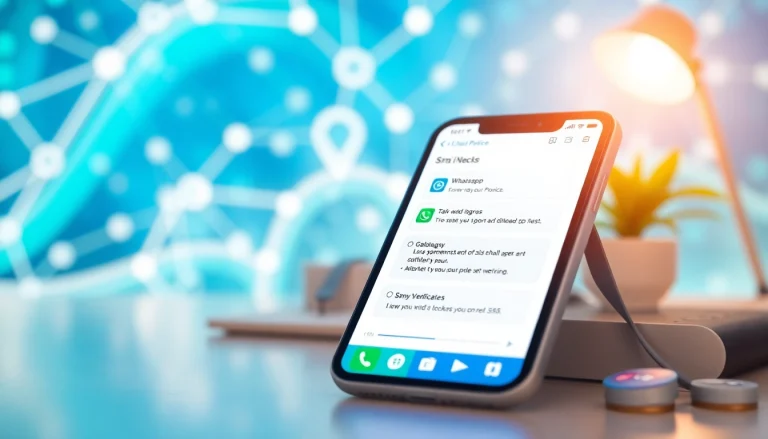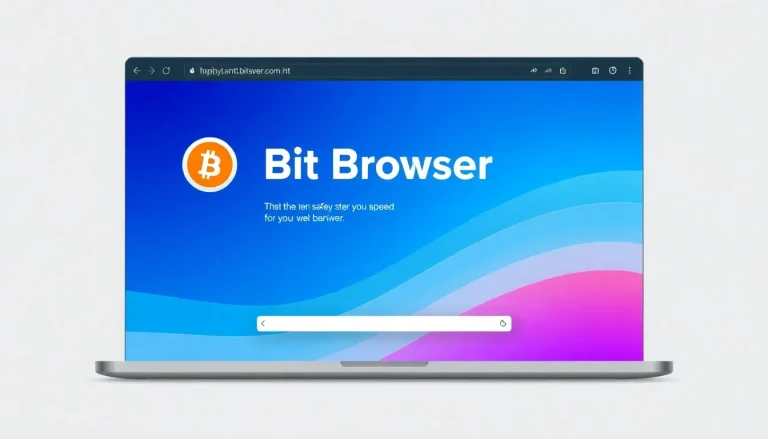
Understanding Recurring Revenue Models
What is Recurring Revenue?
Recurring revenue refers to the portion of revenue that can be reliably anticipated and is usually generated from long-term contracts or subscriptions. Businesses utilize this model to create a stable and predictable cash flow, making it possible to plan expenses and investments more effectively. Every month, quarter, or year, businesses can count on receiving this income, bolstering their financial forecasting. A particularly well-defined model of recurring revenue is subscription-based services, which may take the form of software as a service (SaaS), membership organizations, or subscription boxes, among others. For a deeper dive into how businesses can improve their recurring revenue, check out resources on Recurring Revenue (Build).
Types of Recurring Revenue Models
Recurring revenue can be structured in several different models, with each appealing to different types of businesses and customer needs. Some significant types include:
- Subscription Models: Customers pay a regular fee to access a product or service. Examples include Netflix, Spotify, and various SaaS providers.
- Membership Models: Similar to subscriptions, but often include added benefits or exclusive content for members, enhancing engagement.
- Usage-based Models: Customers are charged based on their usage of a service, such as cloud storage or streaming data.
- Service Contracts: Regular payments for ongoing services, such as maintenance contracts in various industries.
Benefits of Implementing Recurring Revenue
Implementing recurring revenue models helps businesses in multiple ways:
- Predictable Cash Flow: Businesses can forecast income more accurately, which aids in budgeting and planning future growth.
- Customer Retention: Regular interaction with customers fosters loyalty, as clients are more likely to return for continuous service or product offerings.
- Scalability: Once a business has established a successful model, scaling becomes easier as new customers can be added without a proportional increase in operational costs.
- Improved Customer Insights: Regular billing cycles can allow for better insights into customer behavior and preferences, enabling targeted marketing and service enhancements.
Creating a Recurring Revenue Strategy
Identifying Target Markets
Understanding your target market is a foundational step in developing a successful recurring revenue strategy. Conduct market research to identify potential customer segments that are likely to benefit from your offerings. Segment your audience based on demographics, buying behavior, and needs.
Look for gaps in the market that your product can fill. Analyze competitors to understand their audience and service offerings. This will provide valuable insights into where you can differentiate yourself. Conduct surveys, focus groups, or use analytics tools to gather data that inform your target market strategy.
Developing Value Propositions
A distinct value proposition clearly communicates the benefits that customers will derive from your service relative to alternatives. For recurring revenue models, emphasize aspects such as:
- Convenience: Emphasize how subscribing or committing to a service simplifies life for the customer.
- Cost Savings: Highlight financial benefits, such as lower overall costs than one-time purchases.
- Exclusive Access: Offer features, content, or services exclusive to subscribers or members.
A strong value proposition not only attracts new customers but also reinforces loyalty among existing ones.
Setting Pricing Structures
The pricing strategy for a recurring revenue model is crucial. The following approaches can be considered:
- Tiered Pricing: Offer different versions of the service at various price points to cater to different segments.
- Value-based Pricing: Set prices based on the perceived value of the offerings to the customer rather than only the cost to produce the service.
- Discounts and Promotions: Consider offering introductory rates, bundles, or loyalty discounts to incentivize initial sign-ups.
Ensure that your pricing remains competitive by monitoring market trends and adjusting as necessary. Testing different pricing models can help determine what resonates most with your audience, allowing for continuous refinement.
Implementing Recurring Revenue Mechanisms
Choosing the Right Technology
Technology plays a vital role in managing recurring revenue streams effectively. Consider the following technological components:
- Billing Systems: Opt for reliable and flexible billing solutions that can automate payment processing and manage subscriptions effectively.
- Customer Relationship Management (CRM): A good CRM system helps manage customer interactions, track subscriptions, and monitor engagement effectively.
- Data Analytics Tools: Use analytics tools to gain insights into customer behavior, helping to inform marketing strategies and service improvements.
Investing in the right technology streamlines operations and enhances customer experiences, directly impacting revenue generation.
Streamlining Customer Onboarding Processes
Successful customer onboarding is essential in recurring revenue models. An effective onboarding experience can reduce churn rates significantly. Steps to streamline this process include:
- Clear Instructions: Provide straightforward guidance on how to start using your product or service.
- Welcome Communications: Send personalized welcome emails or messages that keep customers engaged and informed.
- Support Availability: Offer immediate customer support channels for new users to help them troubleshoot any issues.
Focusing on a positive onboarding experience lays the groundwork for increased satisfaction and long-term retention.
Ensuring Payment Processing Efficiency
Efficient payment processing is paramount to a successful recurring revenue model. Key elements include:
- Multiple Payment Options: Cater to customer preferences by supporting various payment methods, such as credit cards, PayPal, and direct bank transfer.
- Automated Recurring Billing: Automate the billing process to minimize manual work and reduce errors, ensuring timely payment collection.
- Transparent Billing Practices: Clearly communicate billing cycles and potential charges to customers to avoid confusion and disputes.
Efficient payment processing systems enhance the customer experience and improve your cash flow, reinforcing your business’s foundation.
Best Practices to Maximize Recurring Revenue
Enhancing Customer Retention
Customer retention is a crucial aspect of any successful recurring revenue model. Strategies to enhance retention include:
- Regular Engagement: Use newsletters, updates, and outreach to maintain connection with customers, informing them about new features or services.
- Loyalty Programs: Implement loyalty or referral programs that reward customers for their ongoing patronage.
- Solicit Feedback: Regularly ask for customer feedback to identify areas for improvement and demonstrate that you value their input.
Utilizing Customer Feedback for Improvement
Incorporating customer feedback into your business operations not only fosters goodwill but can also result in service enhancements. Steps to harness feedback effectively include:
- Regular Surveys: Create surveys or feedback forms that allow customers to express their opinions and experiences.
- Analyze Data: Utilize analytics to understand common themes in feedback, allowing you to prioritize changes that will have the most significant impact.
- Act on Insights: Make it clear to customers that their feedback leads to actionable change; this builds trust and loyalty.
Monitoring Performance Metrics
Regularly monitoring key performance metrics is vital for understanding the effectiveness of your recurring revenue model. Important metrics to track include:
- Churn Rate: The percentage of customers who cancel their subscriptions. A high churn rate indicates potential issues with customer satisfaction or service value.
- Customer Lifetime Value (CLV): A measure of how much revenue a business can expect from a single customer over the duration of their relationship.
- Monthly Recurring Revenue (MRR): A critical metric for any subscription service that tracks predictable monthly income.
Measuring and analyzing these metrics enables businesses to pivot strategies as necessary, ensuring sustainable growth and profitability.
Case Studies of Successful Recurring Revenue Models
Insights from SaaS Companies
SaaS companies have successfully utilized recurring revenue models to grow their businesses rapidly. For example, Adobe transitioned from selling perpetual software licenses to a subscription model with its Creative Cloud service. This change led to increased revenue stability and customer engagement, significantly boosting Adobe’s market valuation.
Examples in Subscription-based Services
Consider the example of Dollar Shave Club, which disrupted the shaving market by offering subscription-based delivery of shaving products. Their innovative marketing and emphasis on customer experience led to rapid growth and continued customer loyalty, culminating in a successful acquisition by Unilever.
Lessons Learned from Failed Models
Not all recurring revenue models succeed. A notable example is the failed subscription service of Blockbuster for DVD rentals, which could not compete with emerging streaming services and their flexible pricing. This illustrates that continuous adaptation to market demands is crucial, emphasizing the need for innovation and responsiveness in evolving business environments.





